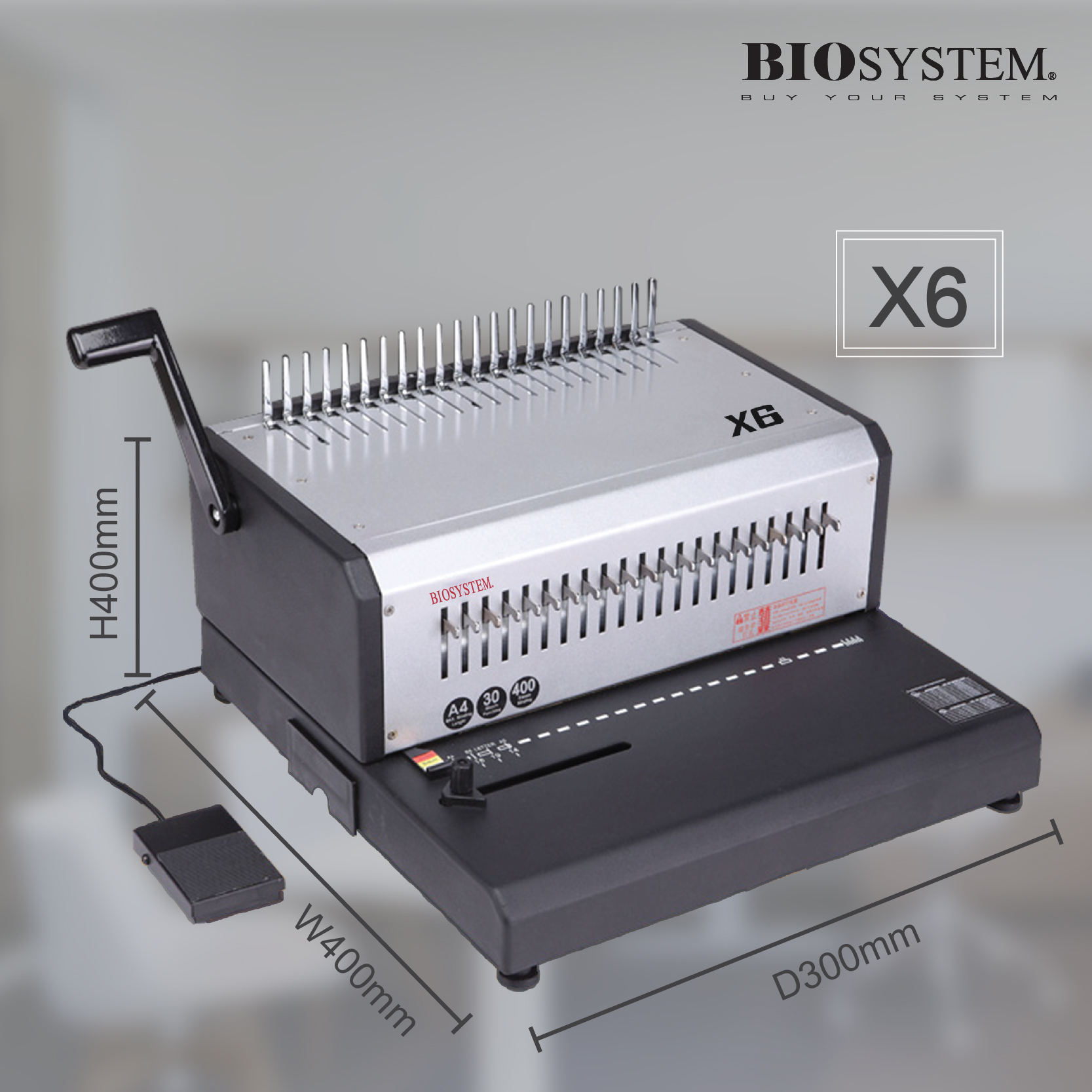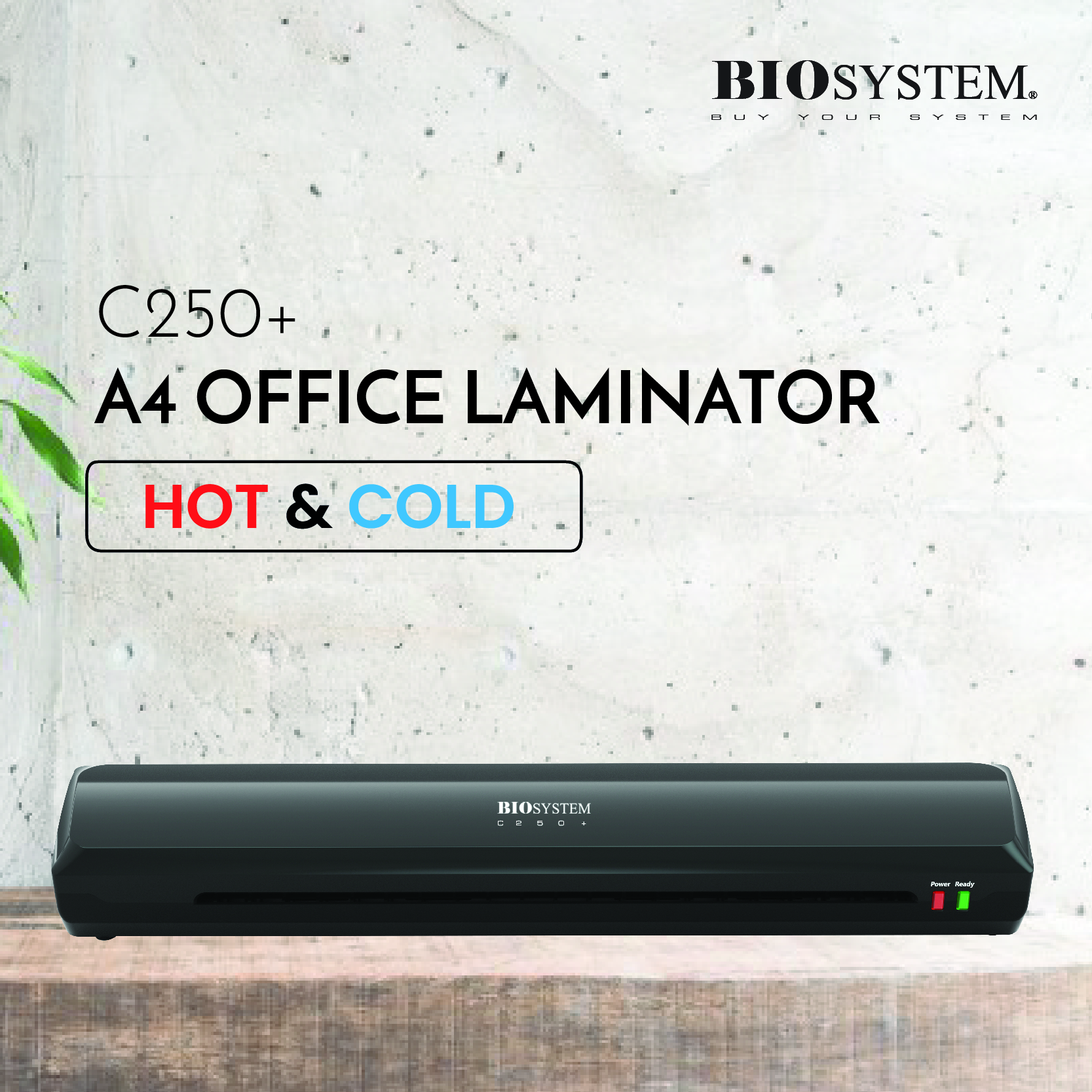Office Equipment
21 productsOffice equipment refers to items like computers, printers, and furniture used in an office setting. A product review would typically assess the quality, features, and overall value of a particular piece of office equipment. This could cover anything from the durability of a chair to the speed and efficiency of a printer.
Factors to Consider in an Office Equipment Review:
- Functionality: How well does the equipment perform its intended task (e.g., printing, scanning, typing)?
- Durability: How well does the equipment hold up under regular use and what is the likelihood of needing repairs or replacements?
- Ergonomics: For furniture, is it designed to promote a healthy and comfortable posture?
- Ease of Use: Is the equipment intuitive and easy for employees to learn and use?
- Cost: Is the price reasonable for the features and quality offered?
- Features: Does the equipment include desired features (e.g., multi-function printing, wireless connectivity, memory)?
- Customer Support: What level of support is available from the manufacturer (e.g., troubleshooting, repairs)?
Examples of Office Equipment Reviewed:
- Computers (Desktop or Laptop): Focus on processing speed, memory, storage, and software compatibility.
- Printers: Assess print quality, speed, paper handling, and cost of consumables.
- Furniture (Chairs, Desks, Filing Cabinets): Review ergonomics, adjustability, and build quality.
- Scanners: Evaluate scanning speed, resolution, and file format options.
- Phone Systems: Assess features like call forwarding, conference calling, and integration with other office equipment.
- Office Machines: Assess speed, efficiency, and ease of use for tasks like copying, binding, and laminating.




